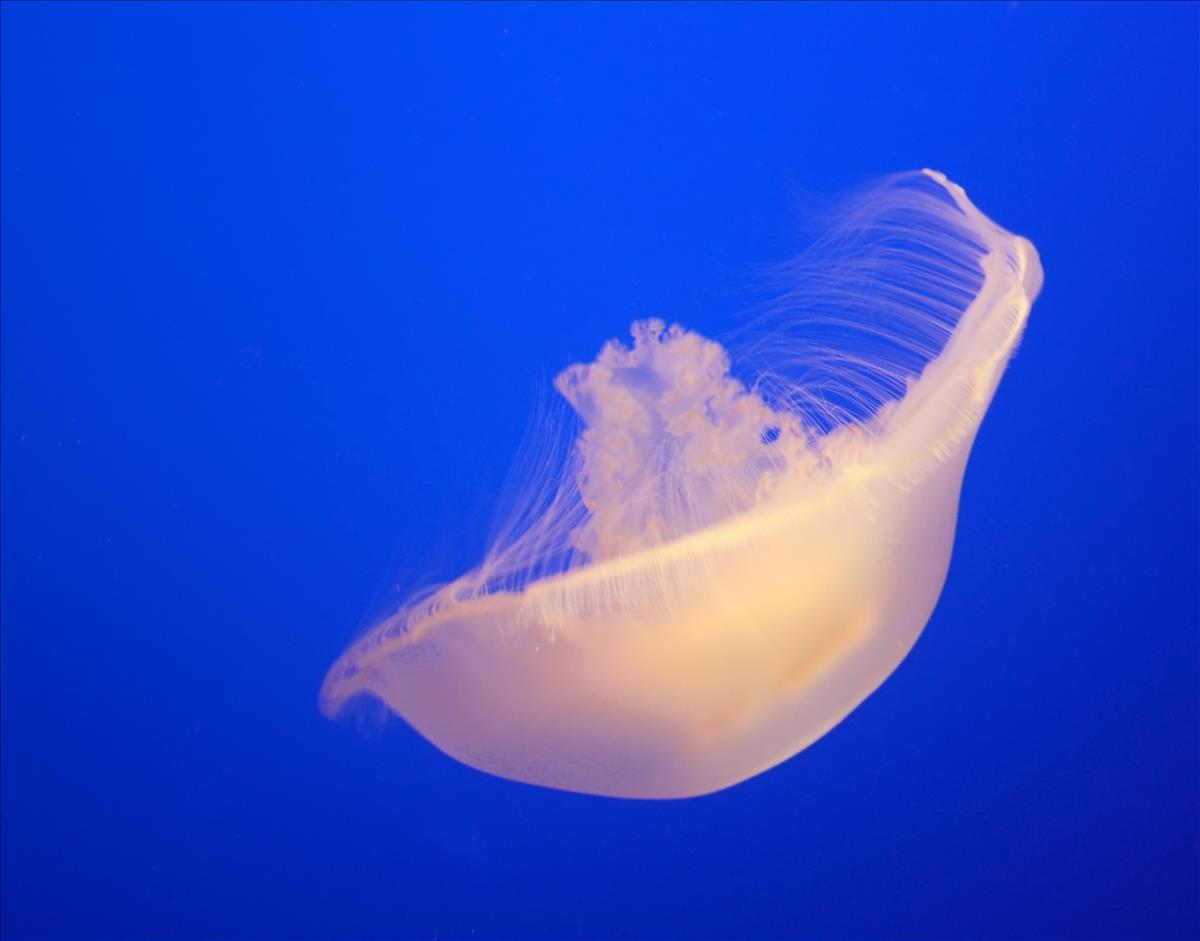Alerts
Please be advised that our bird aviaries are open!
Your Toronto Zoo is committed to the health and safety of the animals in our care. We take proactive steps to protect our birds from Avian Influenza which has been confirmed in a wild bird in southern Ontario, and some birds may still be off display.
Please note Splash Island is still closed and will not open until July due to unforeseen delays in construction. Please watch for updates on https://www.torontozoo.com/tz/splash or on our social media pages. Thank you!
Please note the following animals are currently not on display due to various reasons including Avian Bird Flu, and Covid-19 sensitivity:
- Flamingo, peacock, owl, bald eagle, and aviaries
- Some Kids Zoo Animals
- Cougar
- Moose
- Kangaroo walk through (kangaroos are still visible)
- Axolotl
We apologize for the inconvenience!


Jellyfish
Location at the Zoo:
Australasia
Region: Australasia
Moon jellyfish
Jellyfish are ancient creatures. Fossils have been found in rocks that are 650 million years old. Today there are more than 2000 species. Jellyfish are 95% water, 3% protein, and 1% mineral. There are four life stages from birth to adult. There is no backbone, brain, or heart. Adults drift with the currents, but can swim horizontally by pulsations of the bell to keep close to the surface. A primitive nerve net controls muscle contractions as it swims. The adult form is a transparent bell shape that ranges between 5 and 40 cm wide. Underneath is a central mouth surrounded by four oral arms that carry the stinging tentacles. From above, four crescent shaped gonads surround the mouth. On the rim of the bell are eight sets of eye spots sensitive to light and eight statocysts that help orient jellyfish when swimming. Jellyfish are primitive organisms with an outer layer (ectoderm) that covers the external surface and an inner layer (endoderm) that lines the gut. Between these is a jelly layer or mesoglea. The simple digestive cavity acts as a gullet, stomach, and intestine. There is one opening between the oral arms that acts as a mouth, anus, and entrance for sperm (in females).Conservation Status: IUCN
